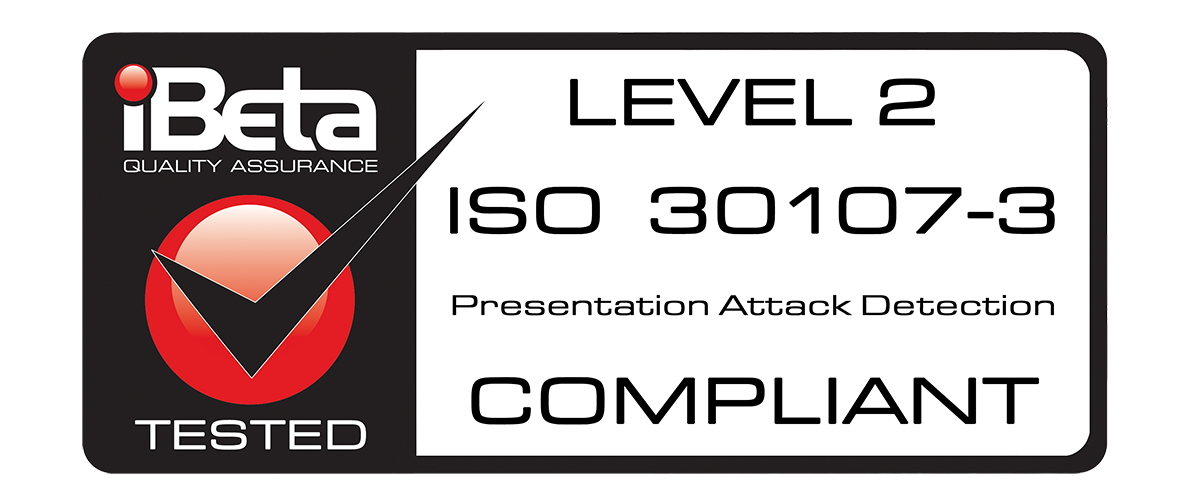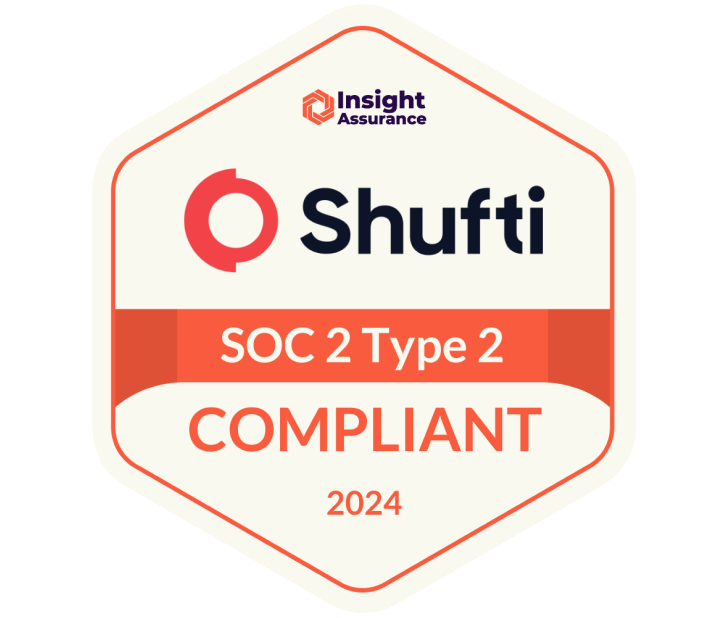When screening fails, trust breaks, but not on Shufti's watch
Gone are the days when transaction screening meant only basic checks against static lists. Shufti delivers advanced, real-time screening that analyzes transactions across global watchlists and risk signals ensuring the highest accuracy with minimal friction.
Smarter screening precision for cultural variations
Most screening vendors still don't recognize names written in multiple scripts or unconventional formats. Shufti doesn’t guess.
- It applies layered fuzzy, phonetic, and transliteration models to reduce false positives without missing true risks.
- Ensures your compliance team spends time investigating what matters, not simply sifting through noise.
Native payment parsing to catch undetected risks
Payments don’t arrive cleanly packaged; they come in SWIFT MT, MX, or ISO 20022 formats with messy free-text fields.
- Shufti parses these structures natively, extracting the right data from the right tags.
- Ensures sanctioned entities and hidden beneficiaries don’t slip past unnoticed.
Configurable rules by context for easy understanding
Risk isn’t the same everywhere. High-value transactions in volatile corridors demand tighter thresholds than low-risk domestic payments.
- Shufti lets you calibrate screening logic by corridor, currency, and business model.
- You get ultimate control without forcing a one-size-fits-all framework.
Integration without friction for every industry
Screening is only effective if it fits inside your payment flows. Shufti offers a complete customizable solution for every business and every need.
- Shufti connects through APIs, webhooks, and batch ingestion so alerts move seamlessly into your case management or monitoring stack.
- You get no detours, no manual workarounds, just compliance where it belongs.
Audit clarity guaranteed so you don’t have to rely on guesswork
Regulators don’t accept “we think we checked.” They want a trail. Shufti offers this and more.
- It keeps an immutable record of every decision tied to the exact sanctions list version in use at the time.
- With near real-time updates and transparent logs, you’re not just compliant, you’re prepared for scrutiny.
How it works
Collect data
Before a transaction is executed, we collect all the data points of this transaction.Evaluate
Powerful AI algorithms review the transaction in relation to the rules and risk parameters set by your business.Decide
Our system analyzes results and determines the next step, whether that’s declination, approval, or further manual review to ensure security.Transact
Once approved, the transaction is executed and you can rest assured that no fraudulent activity happens under our watch.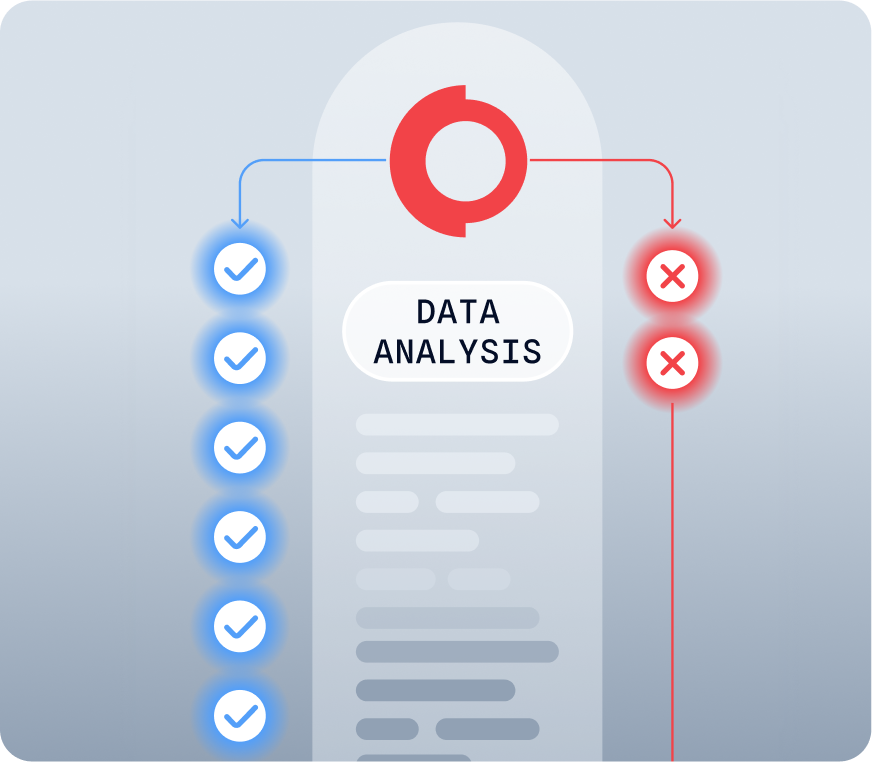
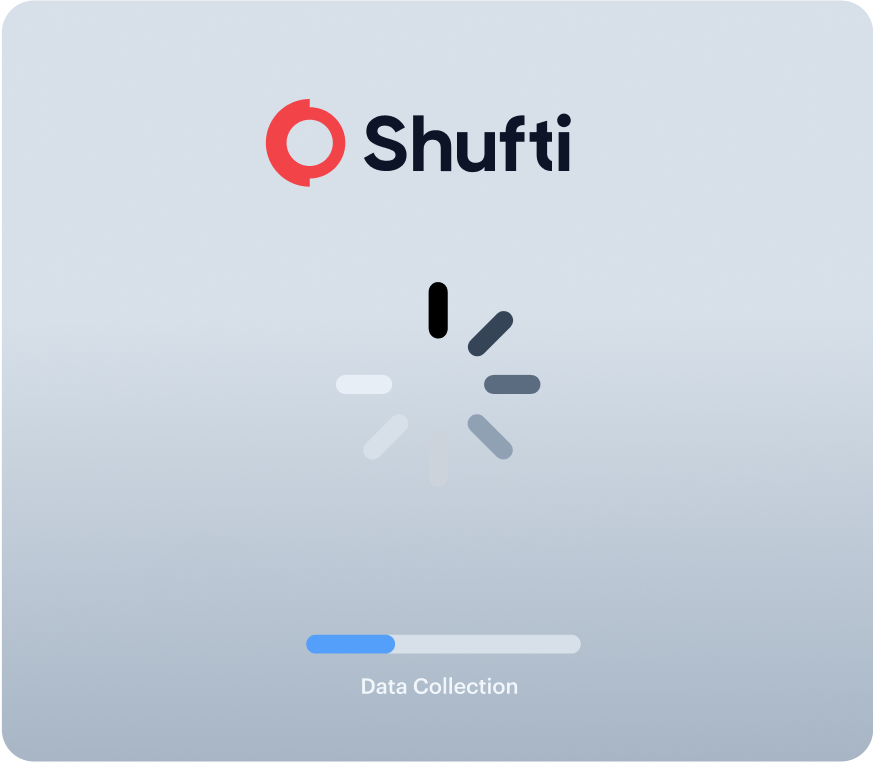
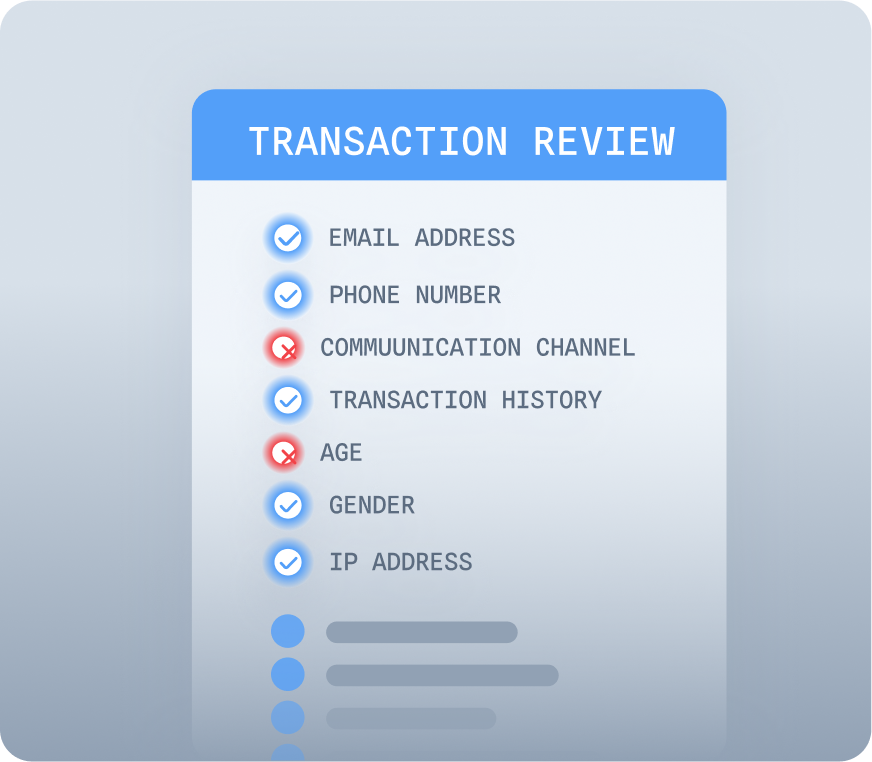

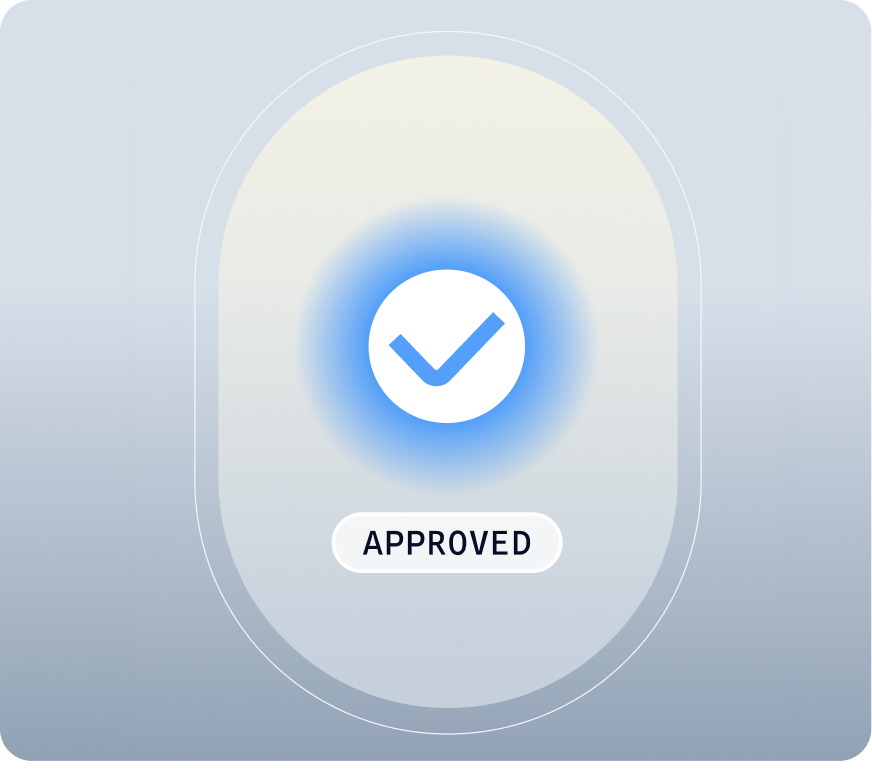
Protect payments by screening end-to-end users across more than 240 watchlists and millions of data points.
Explore Shufti's AML screeningProtect payments with Shufti's global trust platform
Screening so efficient that only good transactions pass and fraud doesn't last
There are different data formats, incomplete fields, and evolving regulations that means transactions need to be screened continuously. At Shufti's innovation room, every transaction screened is fraud prevented at the forefront.

Denies hijacked accounts and stolen access
Account Takeover happens when fraudsters exploit stolen credentials to impersonate real users. Shufti detects unusual patterns at login and payment stages, blocking intrusions before they turn into losses.
- Tracks behavioral anomalies and device fingerprints in real time.
- Links every login attempt back to a verified identity signal.

Instantly catch chargebacks that drain revenue
Fraudsters complete a transaction only to dispute it later, claiming it wasn’t authorized. Shufti reduces this risk by validating the payer’s identity at the point of purchase, making false disputes harder to sustain.
- Confirms the authenticity of each transaction with multi-layer checks.
- Provides strong evidence trails to fight illegitimate chargeback claims.

Flags fake identities that seem authentic and built from scratch
Synthetic identity fraud blends fragments of real and fabricated data to create convincing new profiles. Shufti’s verification stack exposes these fabrications before they ever reach approval.
- Matches documents, biometrics, and behaviour against trusted data sources.
- Flags inconsistencies across multiple signals to uncover hidden fakes.
Frequently Asked Questions
What is transaction screening?
Transaction screening is the process of checking financial transactions against global sanctions, PEPs, and watchlists to detect suspicious activity and ensure compliance.
Why is transaction screening important?
It helps businesses prevent money laundering, terrorist financing, and regulatory fines while protecting customer trust and safeguarding the financial system.
How does Shufti’s transaction screening work and reduce false positives?
Shufti uses AI-driven checks, real-time monitoring, and global watchlists to instantly flag high-risk transactions while allowing legitimate ones to pass. To reduce false positives, Shufti applies fuzzy matching, phonetic intelligence, and contextual risk scoring to minimize false alerts, so compliance teams can focus on genuine risks.
Which industries need transaction screening?
Banks, fintech, payment providers, crypto platforms, insurance, and e-commerce businesses all benefit from transaction screening to stay compliant and reduce fraud.
What’s the difference between transaction screening and transaction monitoring?
Screening happens instantly at the point of a transaction, while monitoring is continuous analysis of patterns over time. Together, they provide full protection against financial crime. However, transaction monitoring can sometimes be an exhaustive process.
Can transaction screening adapt to different regulatory requirements?
Yes. Shufti tailors screening rules by jurisdiction, ensuring businesses meet global standards like FATF, OFAC, EU AMLD, and local regulations without overblocking.
How often should businesses perform transaction screening?
Businesses should screen transactions in real time or continuously, especially in high-risk sectors. Low-risk businesses may perform periodic or batch screening based on their risk level and regulations.
Is transaction screening mandatory for all businesses?
It’s mandatory for regulated entities like banks, fintechs, and crypto firms under AML/CTF laws. Non-regulated businesses aren’t required but often adopt it for fraud prevention and compliance.
What happens if a transaction is flagged during screening?
Flagged transactions are paused for review. If found suspicious, they’re reported to authorities and possibly blocked; if cleared, they proceed as normal.
Does transaction screening work for crypto transactions and digital assets?
Yes, it uses blockchain analytics to monitor wallet addresses, detect high-risk activity, and ensure compliance with global AML and FATF Travel Rule standards.
Related Solutions
E-Commerce
Fast confirmation of identity and age for individuals engaged in e-commerce or using marketplaces such as vacation homes, ride sharing or pet sitting.
 Explore
Explore
Foreign Exchange (Forex)
Safeguard clients and onboard more customers while meeting legal and requirements for KYC and AML regulations.
 Explore
Explore
Fintech
Expand globally with KYC solutions that meet your business needs and adhere to varied regional and country requirements.
 Explore
Explore
learn more
Learn what is transaction monitoring?
Transaction screening and transaction monitoring are both key components of AML compliance, but they serve different purposes. Screening is a real-time check that evaluates transactions while monitoring looks at transaction patterns over time to identify suspicious behavior, such as structuring, unusual volumes, or money laundering risks. Learn more about transaction monitoring here.


Take the next steps to better security.
Contact us
Get in touch with our experts. We'll help you find the perfect solution for your compliance and security needs.
Contact us







